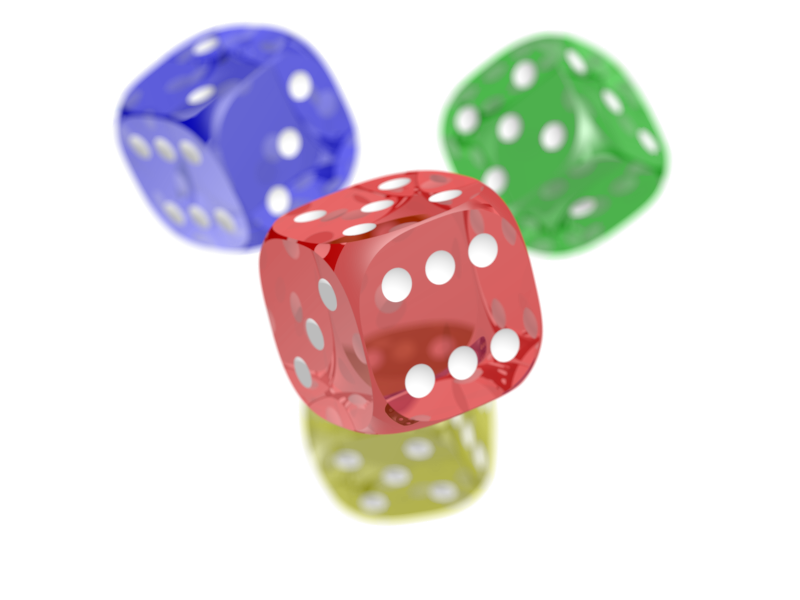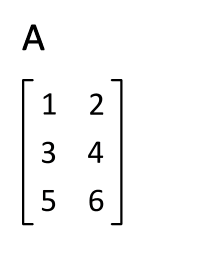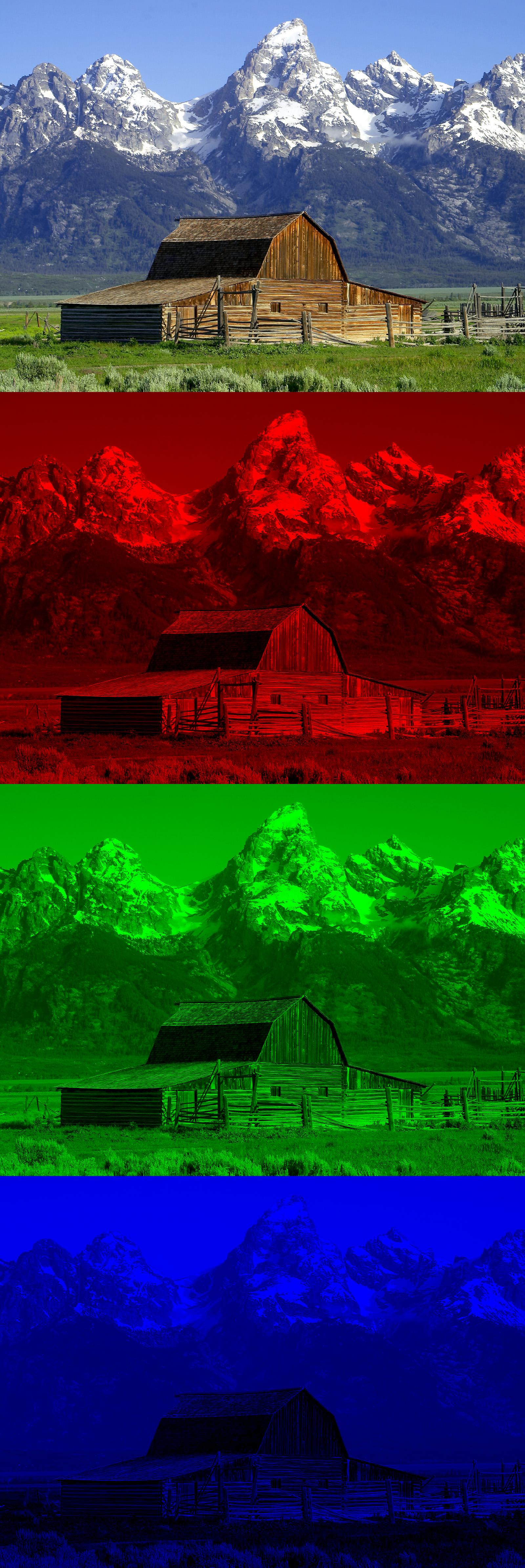|
Portable Network Graphics
Portable Network Graphics (PNG, officially pronounced , colloquially pronounced ) is a raster graphics, raster-graphics file graphics file format, format that supports lossless data compression. PNG was developed as an improved, non-patented replacement for Graphics Interchange Format (GIF). PNG supports palette-based images (with palettes of 24-bit RGB color model, RGB or 32-bit RGBA color space, RGBA colors), grayscale images (with or without an Alpha compositing, alpha channel for transparency), and full-color non-palette-based RGB or RGBA images. The PNG working group designed the format for transferring images on the Internet, not for professional-quality print graphics; therefore, non-RGB color spaces such as CMYK color model, CMYK are not supported. A PNG file contains a single image in an extensible structure of ''chunks'', encoding the basic pixels and other information such as textual comments and Integrity checker, integrity checks documented in Request for Comments ... [...More Info...] [...Related Items...] OR: [Wikipedia] [Google] [Baidu] |
Raster Graphics
upright=1, The Smiley, smiley face in the top left corner is a raster image. When enlarged, individual pixels appear as squares. Enlarging further, each pixel can be analyzed, with their colors constructed through combination of the values for red, green and blue. In computer graphics and digital photography, a raster graphic, raster image, or simply raster is a two-dimensional image or picture represented as a rectangular Matrix (mathematics), matrix or grid of pixels, viewable via a computer display, paper, or other display medium. A raster image is technically characterized by the width and height of the image in pixels and by the number of bits per pixel. Raster images are stored in image files with varying dissemination, production, generation, and acquisition formats. The printing and prepress industries know raster graphics as contones (from "continuous tones"). In contrast, '' line art'' is usually implemented as vector graphics in digital systems. Many raster ... [...More Info...] [...Related Items...] OR: [Wikipedia] [Google] [Baidu] |
Request For Comments
A Request for Comments (RFC) is a publication in a series from the principal technical development and standards-setting bodies for the Internet, most prominently the Internet Engineering Task Force (IETF). An RFC is authored by individuals or groups of engineers and computer scientists in the form of a memorandum describing methods, behaviors, research, or innovations applicable to the working of the Internet and Internet-connected systems. It is submitted either for peer review or to convey new concepts, information, or, occasionally, engineering humor. The IETF adopts some of the proposals published as RFCs as Internet Standards. However, many RFCs are informational or experimental in nature and are not standards. The RFC system was invented by Steve Crocker in 1969 to help record unofficial notes on the development of ARPANET. RFCs have since become official documents of Internet specifications, communications protocols, procedures, and events. According to Crocker, the docu ... [...More Info...] [...Related Items...] OR: [Wikipedia] [Google] [Baidu] |
Integrity Checker
File verification is the process of using an algorithm for verifying the integrity of a computer file, usually by checksum. This can be done by comparing two files bit-by-bit, but requires two copies of the same file, and may miss systematic corruptions which might occur to both files. A more popular approach is to generate a hash of the copied file and comparing that to the hash of the original file. Integrity verification File integrity can be compromised, usually referred to as the file becoming corrupted. A file can become corrupted by a variety of ways: faulty storage media, errors in transmission, write errors during copying or moving, software bugs, and so on. Hash-based verification ensures that a file has not been corrupted by comparing the file's hash value to a previously calculated value. If these values match, the file is presumed to be unmodified. Due to the nature of hash functions, hash collisions may result in false positives, but the likelihood of coll ... [...More Info...] [...Related Items...] OR: [Wikipedia] [Google] [Baidu] |
Pixel
In digital imaging, a pixel (abbreviated px), pel, or picture element is the smallest addressable element in a Raster graphics, raster image, or the smallest addressable element in a dot matrix display device. In most digital display devices, pixels are the smallest element that can be manipulated through software. Each pixel is a Sampling (signal processing), sample of an original image; more samples typically provide more accurate representations of the original. The Intensity (physics), intensity of each pixel is variable. In color imaging systems, a color is typically represented by three or four component intensities such as RGB color model, red, green, and blue, or CMYK color model, cyan, magenta, yellow, and black. In some contexts (such as descriptions of camera sensors), ''pixel'' refers to a single scalar element of a multi-component representation (called a ''photosite'' in the camera sensor context, although ''wikt:sensel, sensel'' is sometimes used), while in yet ... [...More Info...] [...Related Items...] OR: [Wikipedia] [Google] [Baidu] |
CMYK Color Model
The CMYK color model (also known as process color, or four color) is a subtractive color model, based on the CMY color model, used in color printing, and is also used to describe the printing process itself. The abbreviation ''CMYK'' refers to the four ink plates used: cyan, magenta, yellow, and key (most often black). The CMYK model works by partially or entirely masking colors on a lighter, usually white, background. The ink reduces the light that would otherwise be reflected. Such a model is called ''subtractive'', as inks ''subtract'' some colors from white light; in the CMY model, white light minus red leaves cyan, white light minus green leaves magenta, and white light minus blue leaves yellow. In additive color models, such as RGB, white is the ''additive'' combination of all primary colored lights, and black is the absence of light. In the CMYK model, it is the opposite: white is the natural color of the paper or other background, and black results from a full ... [...More Info...] [...Related Items...] OR: [Wikipedia] [Google] [Baidu] |
Color Space
A color space is a specific organization of colors. In combination with color profiling supported by various physical devices, it supports reproducible representations of colorwhether such representation entails an analog or a digital representation. A color space may be arbitrary, i.e. with physically realized colors assigned to a set of physical color swatches with corresponding assigned color names (including discrete numbers infor examplethe Pantone collection), or structured with mathematical rigor (as with the NCS System, Adobe RGB and sRGB). A "color space" is a useful conceptual tool for understanding the color capabilities of a particular device or digital file. When trying to reproduce color on another device, color spaces can show whether shadow/highlight detail and color saturation can be retained, and by how much either will be compromised. A "color model" is an abstract mathematical model describing the way colors can be represented as tuples of numbers (e. ... [...More Info...] [...Related Items...] OR: [Wikipedia] [Google] [Baidu] |
Internet
The Internet (or internet) is the Global network, global system of interconnected computer networks that uses the Internet protocol suite (TCP/IP) to communicate between networks and devices. It is a internetworking, network of networks that consists of Private network, private, public, academic, business, and government networks of local to global scope, linked by a broad array of electronic, Wireless network, wireless, and optical networking technologies. The Internet carries a vast range of information resources and services, such as the interlinked hypertext documents and Web application, applications of the World Wide Web (WWW), email, electronic mail, internet telephony, streaming media and file sharing. The origins of the Internet date back to research that enabled the time-sharing of computer resources, the development of packet switching in the 1960s and the design of computer networks for data communication. The set of rules (communication protocols) to enable i ... [...More Info...] [...Related Items...] OR: [Wikipedia] [Google] [Baidu] |
Alpha Compositing
In computer graphics, alpha compositing or alpha blending is the process of combining one image with a background to create the appearance of partial or full transparency. It is often useful to render picture elements (pixels) in separate passes or layers and then combine the resulting 2D images into a single, final image called the composite. Compositing is used extensively in film when combining computer-rendered image elements with live footage. Alpha blending is also used in 2D computer graphics to put rasterized foreground elements over a background. In order to combine the picture elements of the images correctly, it is necessary to keep an associated '' matte'' for each element in addition to its color. This matte layer contains the coverage information—the shape of the geometry being drawn—making it possible to distinguish between parts of the image where something was drawn and parts that are empty. Although the most basic operation of combining two images is ... [...More Info...] [...Related Items...] OR: [Wikipedia] [Google] [Baidu] |
Grayscale
In digital photography, computer-generated imagery, and colorimetry, a greyscale (more common in Commonwealth English) or grayscale (more common in American English) image is one in which the value of each pixel is a single sample (signal), sample representing only an ''amount'' of light; that is, it carries only luminous intensity, intensity information. Grayscale images, are black-and-white or gray monochrome, and composed exclusively of shades of gray. The contrast (vision), contrast ranges from black at the weakest intensity to white at the strongest. Grayscale images are distinct from one-bit bi-tonal black-and-white images, which, in the context of computer imaging, are images with only two colors: black and white (also called ''bilevel'' or ''binary images''). Grayscale images have many shades of gray in between. Grayscale images can be the result of measuring the intensity of light at each pixel according to a particular weighted combination of frequencies (or wavelen ... [...More Info...] [...Related Items...] OR: [Wikipedia] [Google] [Baidu] |
RGBA Color Space
RGBA stands for red green blue alpha. While it is sometimes described as a color space, it is actually a three-channel RGB color model supplemented with a fourth ''alpha channel''. Alpha indicates how opaque each pixel is and allows an image to be combined over others using alpha compositing, with transparent areas and anti-aliasing of the edges of opaque regions. Each pixel is a 4D vector. The term does ''not'' define what RGB color space is being used. It also does not state whether or not the colors are premultiplied by the alpha value, and if they are it does not state what color space that premultiplication was done in. This means more information than just "RGBA" is needed to determine how to handle an image. In some contexts the abbreviation "RGBA" means a specific memory layout (called RGBA8888 below), with other terms such as "BGRA" used for alternatives. In other contexts "RGBA" means any layout. Representation In computer graphics, pixels encoding the RGBA c ... [...More Info...] [...Related Items...] OR: [Wikipedia] [Google] [Baidu] |
RGB Color Model
The RGB color model is an additive color, additive color model in which the red, green, and blue primary colors of light are added together in various ways to reproduce a broad array of colors. The name of the model comes from the initials of the three additive primary colors, red, green, and blue. The main purpose of the RGB color model is for the sensing, representation, and display of images in electronic systems, such as televisions and computers, though it has also been used in conventional photography and Light-emitting diode#RGB systems, colored lighting. Before the electronic age, the RGB color model already had a solid theory behind it, based in Trichromacy, human perception of colors. RGB is a ''device-dependent'' color model: different devices detect or reproduce a given RGB value differently, since the color elements (such as phosphors or dyes) and their response to the individual red, green, and blue levels vary from manufacturer to manufacturer, or even in the ... [...More Info...] [...Related Items...] OR: [Wikipedia] [Google] [Baidu] |






